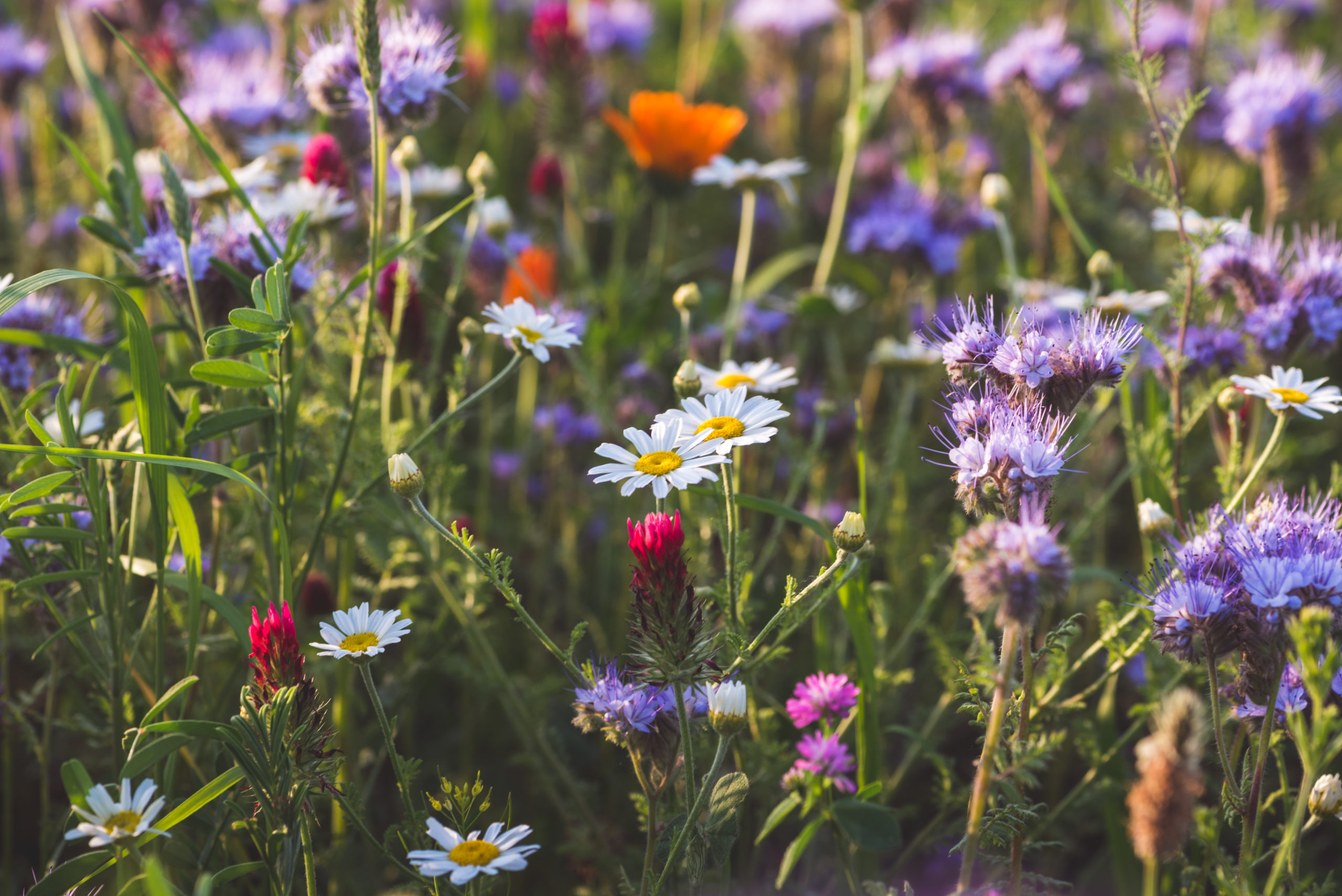Wildflowers are one of the many types of plants you can grow in a garden. They are cost-effective and easy to maintain. Apart from that, they are also a great addition to your plant collection. They prevent your garden from looking dull and dry.
After sowing wildflower seeds, the germination process will usually take from 12 to 21 days. The following phase will be the blossoming stage which usually takes time of around 60-80 days depending on the weather conditions.
How Long Does It Take For Wildflowers To Grow?
The growth of wildflowers depends on the time of the year you sow their seeds. In a couple of weeks, you will begin to see sprouting wildflowers but they will only bloom during spring.
However, you will see a small number of wildflowers starting to grow before spring. Annual wildflowers, on the other hand, will start to flower from April and so on.
Perennial wildflowers have a different case. They will bloom once they are set and ready but this process can take up to a year or longer. Nevertheless, you can still see their stems growing in some areas of your garden.
After sowing wildflower seeds, the germination process will usually take up to 12 to 21 days. The following phase will be the blossoming stage which usually takes time around 60-80 days depending on the weather condition.
If you notice that some of the plants are not blooming, it could be that they are facing a problem. Lack of adequate light and drought are a few of the common reasons why wildflowers do not bloom.
If the problem is not the ones mentioned, it has to be determined to know the appropriate step to use to help your wildflowers bloom.
When Is The Best Time To Plant Wildflowers?
There are two occasions every year that is recommended to plant wildflowers. It could be in September and October during autumn, or in April and May during spring.
Although this is not a strict recommendation because you can always sow wildflower seeds any time of the year but you may be disappointed by waiting too long for the plants to bloom.
This doesn’t mean you can sow seeds during winter. For best results, you should follow the recommendation to sow seeds during autumn and spring.
How To Manage Wildflowers?
The best way to manage wildflowers is to sow them either during April and May or September and October. Sowing your wildflowers every end of the season is a vital way of maintaining their population healthy.
Do not fertilize after mowing because wildflowers prefer poor soil conditions to make them stay in the area.
If there are annual wildflowers mixed in your wildflower meadow, you can simply remove the clippings after mowing. This is enough to prevent them from growing the next year.
But if you prefer to keep them in your wildflower meadow, simply assist the seed heads to allow more seeds to fall in the ground.
Are Wildflowers Easy To Grow?
The best thing about wildflowers is they are relatively easy to grow as long as the conditions are right.
One important thing to remember in handling wildflowers is they need to grow in an area where nothing else is growing. Wildflowers love to keep their privacy and you have to respect it.
You typically see wildflowers in an area where they are left on their own or areas that are mostly unmaintained. Thus, if you plan on growing wildflowers, you better allocate an area where they can grow peacefully on their own.
Wildflowers do not need grass, weeds, or other debris obstructing their way. They also don’t need that much attention for water or fertilizer. All they need is a clean and adequate space.
Can Wildflowers Thrive in Shade?
There are numerous kinds of wildflowers in the world and they all possess different attributes. Some of them grow well in shade environments while other are not. Bluebell is an example that is capable of growing in the shade which is found in the woodland forest.
Are Wildflowers Safe?
Wildflowers like Buttercups, Foxgloves, and Ragworts are poisonous to animals and humans. They are also common among the wildflower mixes which increased the safety concern.
The toxicity of every wildflower depends on how much is consumed and it can be fatal if ingested in large amounts.
The best way to keep everything safe is to avoid mixing wildflowers in your meadows. You have to make your initial research to get familiar with the kinds of wildflowers that are safe to grow in your area.
People have different situations and if you place your wildflower meadow in a farm where the livestock are located, then there is a high chance they might feast on poisonous wildflowers.
The same thing could happen to your children as they are naturally curious and may eat some of it. Thus, take the diligence to keep the wildflower meadow away from them because the safety of everybody is paramount.
Final Thoughts
Wildflowers are good pollinators and shelter for insects to breed. There are two types of wildflowers, annual wildflowers, and perennial wildflowers.
Perennials are those who keep on growing back every year. Annuals, on the other hand, will grow 60-80 days after sowing. Perennials take longer to establish while annuals are easy to grow and can come back every year if preparations are done.
Annual wildflowers are self-seeding plants but they need a little bit of help to fully drop all the seeds into the soil.
You can use a mower to cut all the wildflowers and leave the seeds on the ground. You can also use a roller to split the seed heads and make more seeds fall into the ground.
Once the process is properly carried out, the next thing to do is to wait. But now, we know for approximately how long!
Jenny Marie
Tribal Writer
Edited By
Patricia Godwin

